Five years ago, the world as we knew it froze in its tracks, upending all of our lives and sending European travel to a screeching halt in the middle of a steady period of growth.
The travel scene in Europe experienced an unprecedented time of tumult, which was followed by a roaring comeback, bringing its thorny issues.
While things have returned to normal, European travel is not the same as it was on the eve of the pandemic, and the following five changes are all examples of changes we've seen over the last five years.
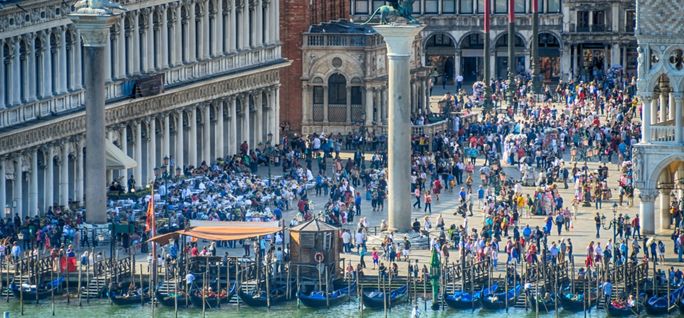
Crowds in Venice, Italy. (Photo Credit: Lichtwolke99 / Adobe Stock)
Overtourism Explodes
Make no mistake, the issues surrounding overtourism were present before COVID, with the backlash already reaching a boiling point in multiple destinations around the continent.
But then the pandemic put a pause on everything, and the issues were shoved to the back burner.
While streets and plazas around the continent sat empty and quiet, seemingly every destination grappling with overbearing crowds used the occasion to crow about how they would "build back better" and how the pandemic would reshape tourism in their destination.
By and large, when the crowds streamed back in after months of quiet and calm, nothing changed. The juxtaposition was so jarring for locals, overtourism was launched into the mainstream, tied in with other post-pandemic phenomena like "revenge travel", "set-jetting" and Tik Tok-inspired travel.
Bottom line: five years ago, overtourism was a bit of a niche issue, now we can hardly keep up with the blowback and the response.
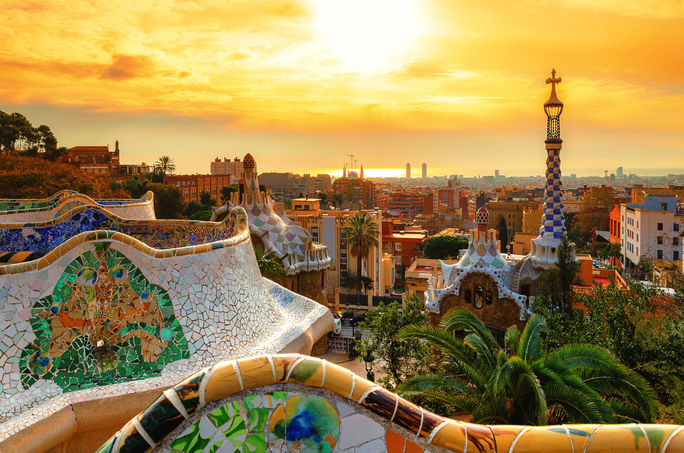
Barcelona at sunrise (Photo Credit: gatsi/Adobe Stock)
Concrete Measures to Combat Overtourism
As I mentioned, before COVID, hand-wringing and complaining about overtourism and its effects were plentiful, but there was a distinct lack of concrete action regarding the issue.
Not anymore. Since COVID, cities and towns all over the continent have been putting actual measures that they think will help solve their ills. From Amsterdam and its attempts at regulating new hotels and cruising to Barcelona and its attempts to ban short-term rentals to places like Florence and Rome banning lock boxes for short-term rentals, the rubber has hit the road.
Perhaps nowhere has been the poster child for this new proactive approach than Venice, which launched an 'access fee' for select dates in 2024 and recently renewed it for 2025.
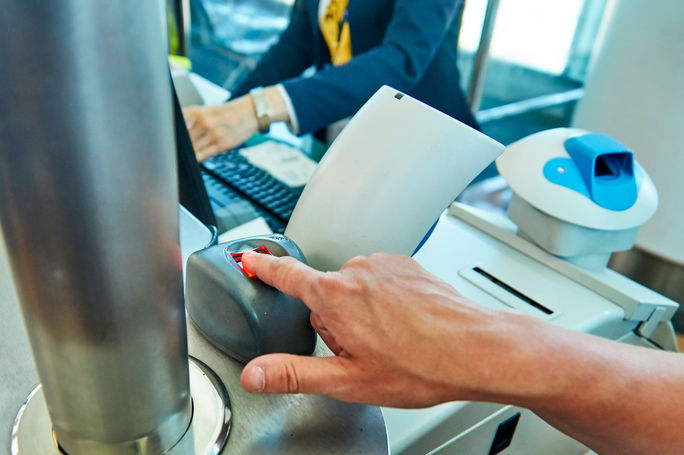
Passenger using biometric technology at the airport. (Photo Credit: Adobe Stock/Georgy Dzyura)
Hands-Off Experiences Expand
From the proliferation of automated check-in kiosks at hotels to digital menus only available by QR code, the ebb and flow of European travel has become more and more dominated by digital.
Starting at the border, as in many places, traditional customs experiences have changed to be fully automated. In many cases, now you just look at a screen, stick your prints on a finger pad, and the next thing you're in.
Soon, much to the chagrin of many (including this author!) passport stamps will be a thing of the past, too.
Also, while we weren't looking, the Eurail pass went digital. And so did many tickets for attractions all over the continent.
It's all very convenient, as long as you've got plenty of battery!
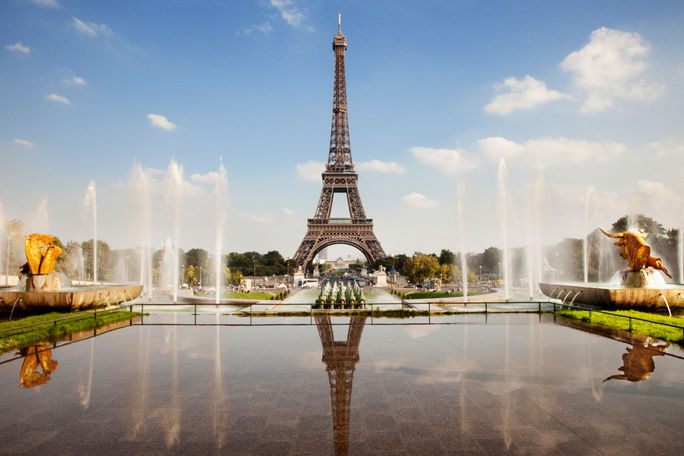
The Eiffel Tower in Paris, France. (Photo Credit: Adobe Stock/Cavan for Adobe)
Booking Ahead Blows Up
Speaking of those tickets to attractions and famous sights, what started as a trickle in the 2010s turned into a flood: you can now buy tickets in advance and "skip the line" to myriad attractions around Europe.
No doubt, this trend took off with the need to "socially distance" and assign visitors time slots, to micromanage how many people were near each other at any given time. Now, it's just a great way to control the flow and for us travelers, it can be a real godsend and timesaver.

PHOTO: Interior of the Vatican Cathedral, Vatican City, Italy. (Photo by Laurie Baratti)
Small Groups Go Big
When COVID hit, many of us said something along the lines of "I can't imagine ever going back into a big crowd ever again!" and tour providers responded.
While most people's fears of being around a lot of people may have faded, small-group experiences and smaller tours have surged in popularity all over Europe. From intimate guided activities like food tours or being allowed behind-the-scenes and an A-list sight and smaller escorted groups, European travelers want to feel special—and like they've gotten a more exclusive experience.
For the latest travel news, updates and deals, subscribe to the daily TravelPulse newsletter.
.png)
.png) 2 months ago
6
2 months ago
6
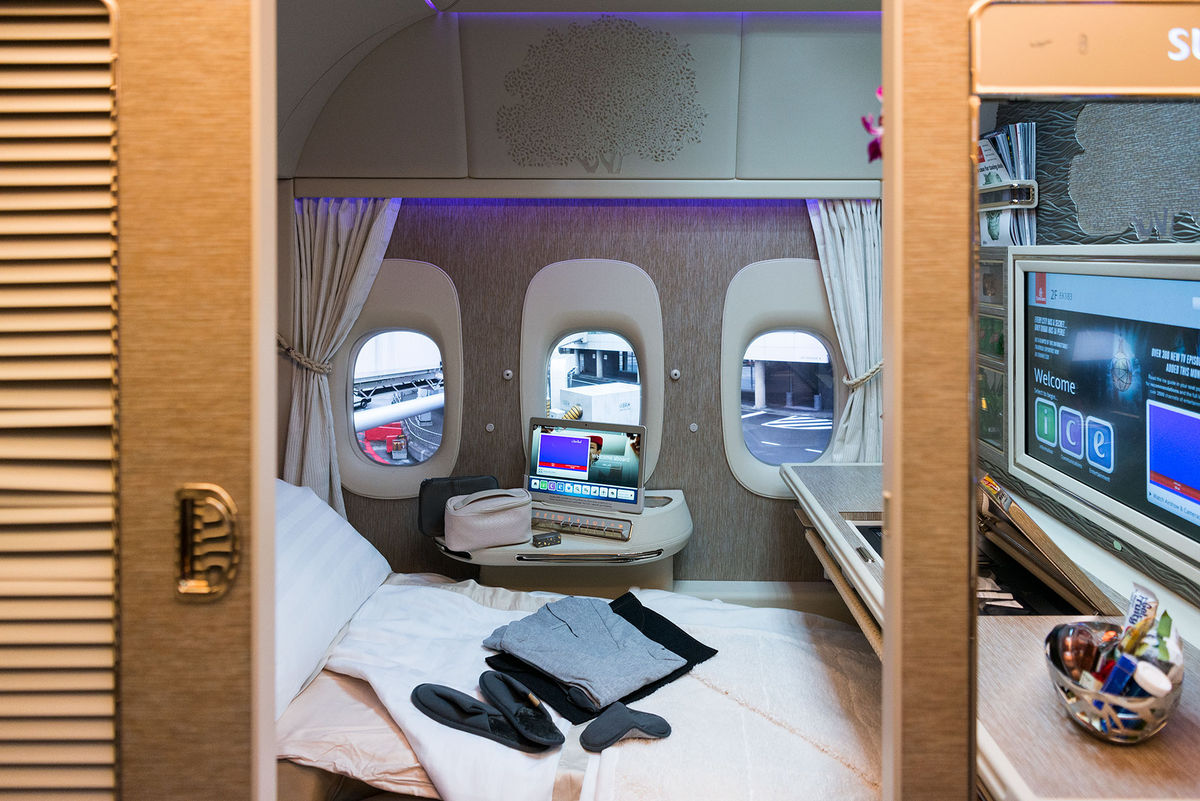
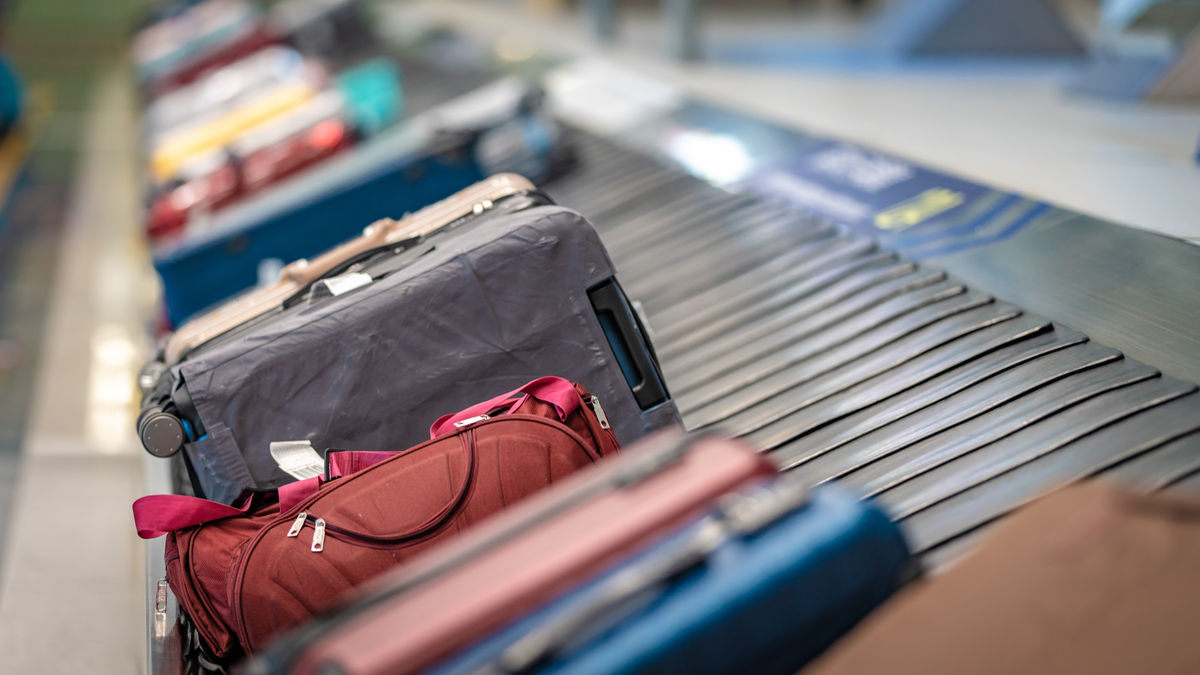






 English (US) ·
English (US) ·  Spanish (ES) ·
Spanish (ES) ·